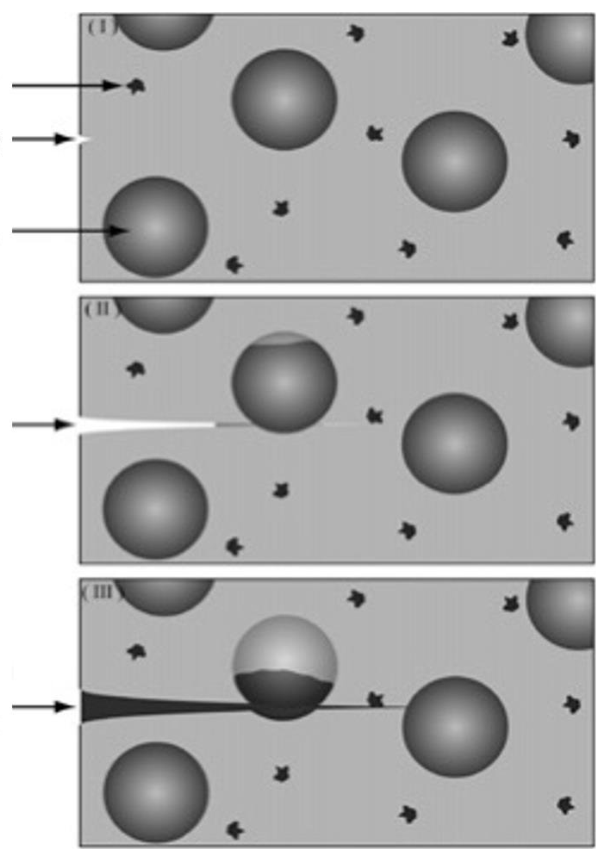CONTACT US
Epoxy adhesives are widely used in various industries due to their excellent bonding properties and high mechanical strength. However, these adhesives can sometimes develop cracks or defects over time, which can compromise their performance. To address this issue, researchers have been exploring self-healing mechanisms in epoxy adhesives that can repair such damage. Some of the mechanisms of self-healing in epoxy adhesives include:
1. Thermally induced healing: This mechanism utilizes the heat generated during the cracking process to trigger the healing of the epoxy adhesive. Microcapsules containing healing agents, such as monomers or oligomers, are incorporated into the adhesive. When the adhesive cracks, the capsules rupture, releasing the healing agents, which then react with each other or with the matrix to form new bonds and repair the crack.
2. Microvascular system: In this approach, a network of microchannels or capillaries is introduced into the epoxy adhesive. These channels contain healing agents, which are released when cracks occur. The healing agents flow into the cracks, where they react with the surrounding epoxy and form new bonds, restoring the adhesive's integrity.
3. Chemical-based healing: This mechanism involves incorporating reversible chemical bonds into the epoxy adhesive matrix. When the adhesive cracks, the broken bonds can undergo reversible reactions, enabling the cracks to close and heal. Examples of reversible bonds utilized for self-healing epoxy adhesives include Diels-Alder reactions, disulfide bonds, and dynamic covalent bonds.
4. Bio-inspired healing: Inspired by natural healing processes, bio-inspired self-healing mechanisms aim to mimic biological systems. For example, researchers have developed epoxy adhesives that incorporate microcapsules containing bacteria or fungi. When the adhesive cracks, these microorganisms become active, releasing spores or enzymes that can trigger the healing process and repair the crack.

It is important to note that these self-healing mechanisms are still in the research and development stage, and their full-scale implementation in commercial epoxy adhesives is still limited. However, ongoing research in this field holds promise for the development of more robust and durable epoxy adhesives with self-healing capabilities.